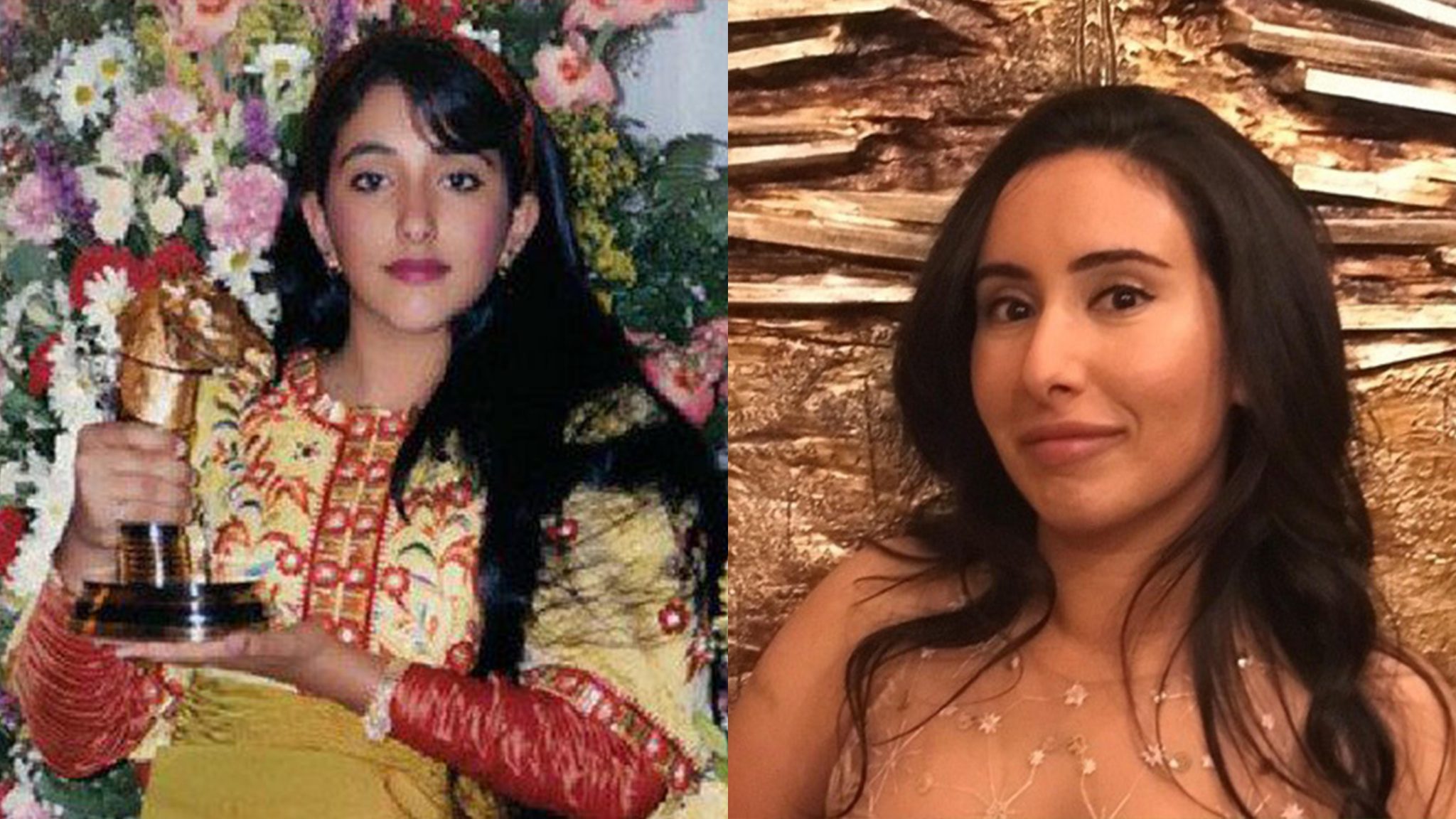It’s the stuff of a dark fairy story: imprisoned daughters, a runaway bride and an overbearing father. Recent headlines about the family of Sheikh Mohammed bin Rashid al-Maktoum have sent shockwaves around the world – and there’s no happy ending in sight. Martin Fletcher investigates
Martin Fletcher, The Times Magazine
March 20, 2021
As a child Marcus Essabri used to play with his cousin, Princess Shamsa, in the grounds of the palace where they lived with Shamsa’s mother, Houria, a wife of Sheikh Mohammed bin Rashid al-Maktoum, the man who would later become the immensely wealthy and omnipotent ruler of Dubai. The children would ride horses, take photos of each other in the royal family’s Rolls-Royces and join excursions into the desert, Essabri has recalled in recent interviews. Shamsa was naughty, adventurous and somewhat spoilt, always pushing the boundaries, he says. Essabri was then sent away to boarding school in Britain, little suspecting that many years later his young playmate would trigger a sequence of dramatic events that make the present travails of Britain’s royal family look positively anodyne.
Shamsa would be kidnapped and abducted from British soil. Her younger sister, Princess Latifa, would be seized on the high seas as she sought to escape from Dubai. Both girls would be imprisoned by their father, prompting another of Sheikh Mohammed’s wives, Princess Haya, daughter of the late King Hussein of Jordan, to flee to London with her two children after her husband’s campaign of intimidation made her fear for her life.
As one shocking revelation has followed another, and the international outcry has grown, the United Nations has taken up the case. Britain is under pressure to reassess its relations with one of its most important strategic partners in the Middle East. The Queen has been embarrassed by her long friendship with a man who regularly gives her horses and has shared her box at Royal Ascot.

As for Dubai’s assiduously cultivated image as a global business and finance hub, a playground for western celebrities and football stars led by the benevolent monarch who has transformed a dusty desert port into a city of glittering towers and glitzy malls – well, that has been well and truly tarnished.
A handwritten letter that Shamsa, then a headstrong 18-year-old, sent to Essabri’s London home in 1999 marked the start of what might be called the Tale of the Three Princesses.
It told how Shamsa’s father had refused to let her go to university, and how she longed to escape her luxurious but suffocatingly restricted lifestyle. She was thinking of running away, she wrote. She did not want to stay and for ever regret it. “I’ve made up my mind and there’s nothing left for me to do here. I don’t know where I get this confidence from!! Just two weeks ago I wanted to kill myself!”
Ten months later Shamsa did run away. During Sheikh Mohammed’s annual summer decampment to Britain with his vast family (he has six wives and at least 25 children), she drove a black Range Rover to the edge of his heavily secured Longcross estate in Surrey and slipped through a gate onto Chobham Common’s heathland. From there she made her way to a south London hostel and approached an immigration lawyer.

Former employees of Sheikh Mohammed said he arrived by helicopter from his Newmarket racing stables the day after his daughter vanished and launched a huge search. Staff were sent out to scour the surrounding countryside, but found only the mobile phone that Shamsa had dropped on the common.
The young princess evaded her pursuers for nearly two months. She might have escaped for good had she not called a friend in Dubai several times. In a now famous video filmed secretly by Latifa before her own attempted escape 18 years later, she said she warned her sister, four years her senior, to stop phoning lest her father’s agents traced her calls, but she persisted. “She was very lonely in the UK. She had no one else to talk to.”
On August 19, 2000, after visiting a bar in Cambridge, Shamsa was seized by four armed, Arabic-speaking men, bundled into a car and driven to her father’s Newmarket stables. She was then drugged and flown at dawn to Deauville, in France, by helicopter. From there one of her father’s private jets flew her back to Dubai where she was effectively imprisoned in a palace room for the next eight years.
Latifa visited her at the end of that period. “She was in a very, very bad state,” Latifa said. “She had to be led around by the hand. She wouldn’t open her eyes – I don’t know why. People would hold her and make her eat and give her a bunch of pills to control her basically. Those pills made her like a zombie.”
Another source who saw Shamsa after her release said, “I didn’t recognise her. She was thin, like completely bones… She was not the same person she used to be.”
For Shamsa’s brazen abduction from British soil Sheikh Mohammed paid no penalty. Several months after the event Shamsa had managed to send an email to her immigration lawyer in London. It began, “I don’t have time to write in detail, I am being watched all the time so I’ll get straight to the point…” It then recounted her fate and begged the lawyer to “involve the authorities”.
When the press eventually learnt of Shamsa’s abduction Tony Blair’s government found itself in an acutely difficult position. The United Arab Emirates, of which Dubai is part, had long been a key ally on defence and intelligence matters and a major purchaser of British weaponry, not to mention a popular destination for British tourists.
Moreover, Sheikh Mohammed was a man of considerable consequence. He was a key ally, a friend of the Queen’s thanks to their shared love of horse racing, and one of Britain’s biggest landowners, with the 63,000-acre Inverinate estate in Scotland as well as his £75 million Surrey property and a huge racehorse business – Godolphin – based in Newmarket. He had also launched Emirates, the airline that sponsors Arsenal’s football stadium and the Old Trafford cricket ground.
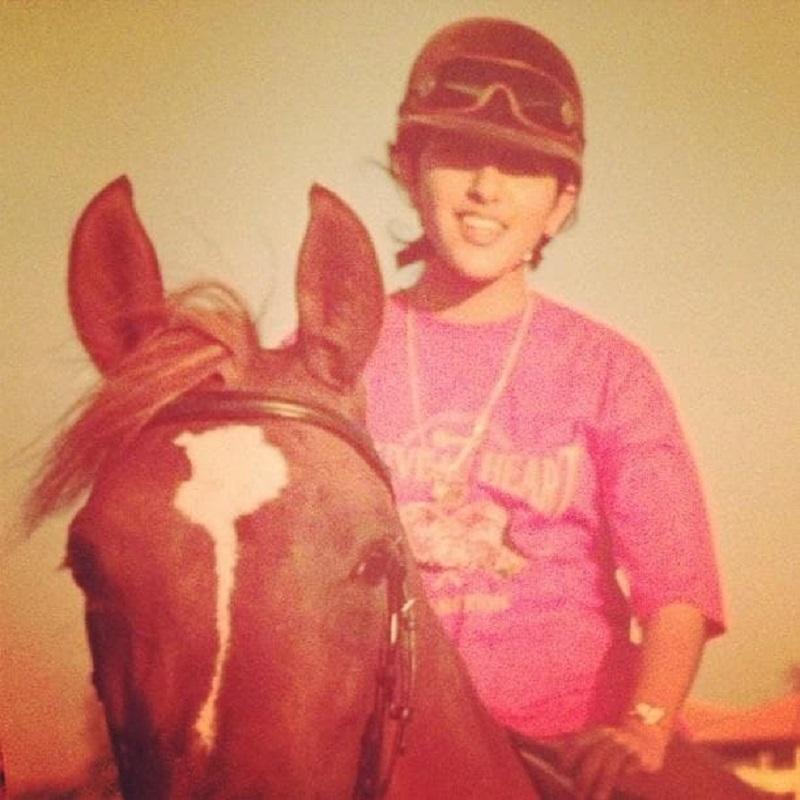
Cambridgeshire Police launched an investigation into Shamsa’s abduction, but got nowhere because the Crown Prosecution Service denied it permission to interview potential witnesses in Dubai. In 2019 the Foreign and Commonwealth Office refused to say whether Sheikh Mohammed had asked for the investigation to be shut down, arguing that to divulge such information “would reduce the UK government’s ability to protect and promote UK interests through its relations with the UAE”.
As for the sheikh, 19 years after the event he told a British court that Shamsa was a young, vulnerable girl who had felt restricted by her security arrangements, and “when she was found, I remember our feeling of overwhelming relief that she was safe and had not come to any harm”.
Shamsa’s abduction might well have been forgotten had it not been for Princess Latifa, another of Houria’s four children by Sheikh Mohammed.
From birth Latifa had been raised by an aunt elsewhere in Dubai, visiting her real mother once a year. When she was ten Shamsa managed to bring her back into the family fold. She regarded Shamsa as a “mother figure” because “she really cared about me”.
Shamsa’s abortive escape and subsequent incarceration made Latifa realise how little freedom she had herself. She could go to school and to the family stables to ride, but was scarcely allowed out otherwise. So in June 2002, aged 17, she tried to escape. Being “very, very naive”, she simply went to a border crossing in Dubai where she was stopped and taken home.
There she was locked up and beaten, she recalled in her video. She was held for three years and four months, spurned even by her mother. “It was constant torture. Even when they weren’t physically beating me they were torturing me. They would switch off all the lights. I was in solitary confinement.
“There are no windows, no light, so when they switched off the lights it was pitch-black. I didn’t know when one day ended and the next began. They would make sounds to harass me and then they would come in the middle of the night to pull me out of bed and beat me.”
She received no medical help because, “They didn’t care. They wanted me dead anyway.” She was given no clean clothes. She had just a stained mattress and a thin blanket. Only in the final months was she given a toothbrush and some Tide washing powder to clean herself.
She was released in 2005. “I hated everyone. I didn’t trust anyone at all,” she said. But she slowly recovered, and in 2010 contacted Tiina Jauhiainen on Facebook. Jauhiainen, then 34, was a strikingly blonde Finn who had lived in Dubai for nine years, working in tourism and real estate. She ran a group that practised a Brazilian martial art called capoeira, and Latifa wanted to learn it.
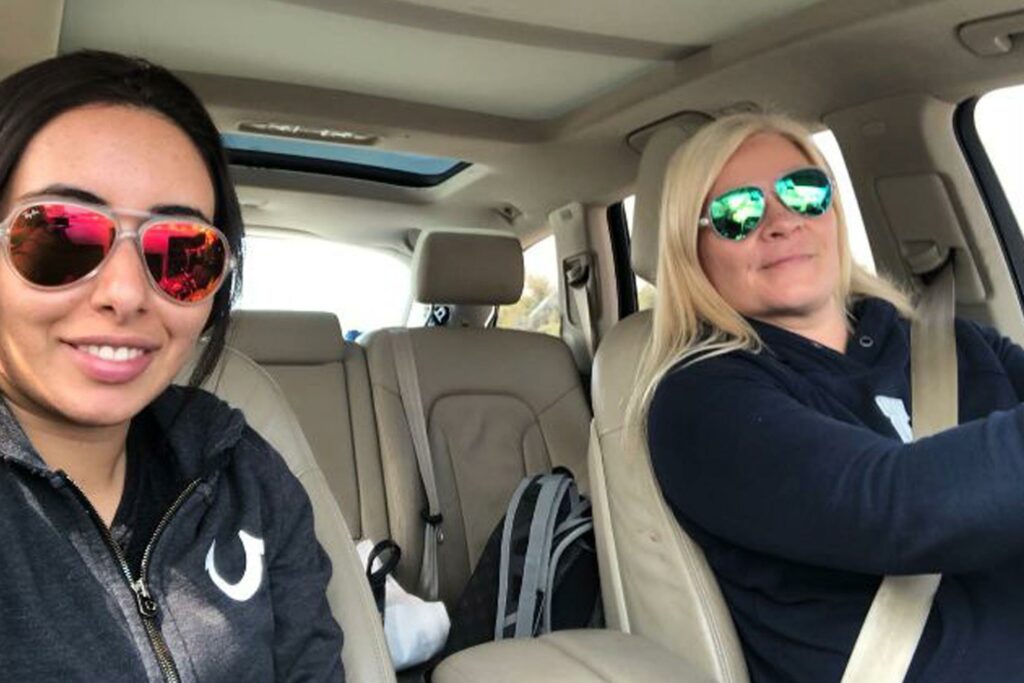
Jauhiainen began visiting Latifa almost daily at the exclusive Zabeel Club, which is owned by Dubai’s royal family. Initially, Latifa was very reserved and avoided eye contact, Jauhiainen told The Times, but they gradually became close friends and in 2013 began skydiving together.
The skydiving was exhilarating, but it marked the limit of Latifa’s freedom. She could not travel. She could not leave her palace compound without an assigned driver and chaperone. Over time, however, her minders came to trust Jauhiainen enough that the two women could visit shopping malls or coffee shops alone.
In 2017 Latifa told Jauhiainen she wanted to escape, and that she had been in email contact with Hervé Jaubert, a former French naval officer who had escaped from Dubai in a dinghy a decade earlier after being accused of embezzlement. Jaubert owned a yacht, the Nostromo.
Jauhiainen agreed to help. “I’m always the kind of person who lives in the moment,” she says. “So when Latifa asked me I didn’t even think about it. I thought, I’ve been in Dubai so long I’m quite happy to leave, and her leaving with me was like a perfect thing to happen… I saw it as a bit of an adventure.”
Over the following months Jauhiainen met Jaubert in the Philippines, Sri Lanka and Indonesia to make plans, and bought equipment including an inflatable dinghy with outboard engine, underwater scooters and navigation devices.
One day in February 2018 she met Latifa at the Dubai Mall. Once the princess’s escort had departed they walked five minutes to Jauhiainen’s apartment. There Latifa recorded her story in a video as an insurance policy. It was sent to several western contacts so it could be released if her escape bid failed. “If you’re watching this video it’s not such a good thing. Either I’m dead or in a very, very bad situation,” she told the camera.
At 7am on February 24, 2018, she met Jauhiainen at a coffee bar. She discarded her traditional abaya and binned her mobile phone. The two women then drove to Oman, with Latifa hiding as they crossed the border. From there a friend took them by dinghy and – latterly – jet skis to Jaubert’s yacht some 16 miles offshore. The sea was rough, and they arrived in darkness, sodden and exhausted.

They set sail for Sri Lanka. On day six, as they neared the Indian coast, they noticed a vessel trailing them and a spotter plane overhead. At 10pm on day eight a dozen heavily armed Indian commandos in two speedboats stormed the US-flagged yacht, beat the crew and dragged Latifa away. “I wasn’t sure we were going to make it. It was that terrifying,” says Jauhiainen.
She last saw the princess kicking, screaming and shouting, “Shoot me here! Don’t take me back!” Her dreams of seeking political asylum in the United States, and living in Florida, were dashed.
Nine months after Latifa’s kidnapping the Dubai royal court stated that she was “alive, safe and in the loving care of her family”. Sheikh Mohammed would later say, “We feared our daughter was in the hands of a criminal who might hold her to ransom and harm her. To this day I consider that Latifa’s return to Dubai was a rescue mission.”
Princess Haya bint Hussein, 46, is Sheikh Mohammed’s sixth wife – the beautiful, Oxford-educated half-sister of Jordan’s present King Abdullah, a former Olympic equestrian and goodwill ambassador for the UN’s World Food Programme.
When Latifa’s video was released on YouTube a week after her capture in March 2018, Haya chose to believe her husband’s explanation that the princess was mentally unstable and had been abducted by people with ulterior motives.
That December, as the outcry over Latifa’s disappearance grew following a BBC documentary entitled Escape from Dubai: the Mystery of the Missing Princess, Haya even arranged for Mary Robinson, the righteous former Irish president and UN human rights commissioner, to have lunch with Latifa and to pose for photographs that would show the world that the princess was alive and – seemingly – well. To the undoubted glee of her hosts, Robinson described Latifa as a “troubled young woman” who was receiving psychiatric care.
But Haya had begun to doubt Sheikh Mohammed’s word. She started visiting Latifa in the locked and guarded house where she lived in conditions that Haya would later describe as “akin to a prison”. By that time Haya’s marriage was in trouble, not least because she was having an affair with a bodyguard. On April 15, 2019, fearing for her life, she fled to her £85 million home near London’s Kensington Palace with her 2 children – Jalila, then 11, and Zayed, 7.
Within a month Sheikh Mohammed was seeking the children’s return in the High Court’s family division. It was a bad mistake. During the subsequent hearings the ageing despot’s carefully nurtured image as an enlightened Middle Eastern leader was shattered.
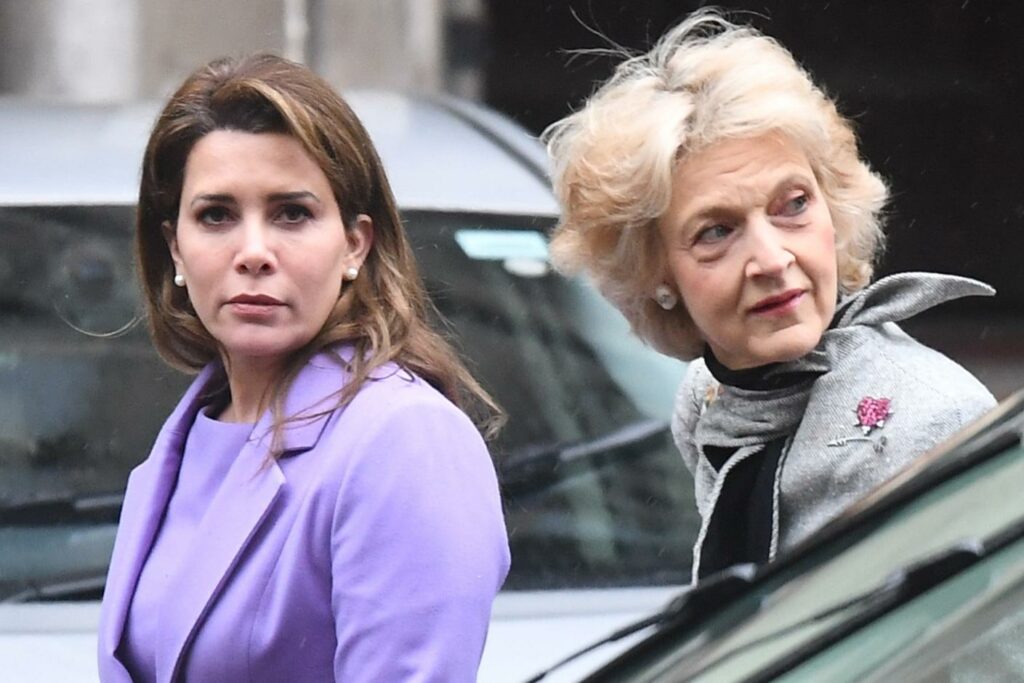
Led by Baroness Shackleton, who represented Prince Charles during his divorce from Princess Diana, Haya’s legal team asserted that her husband had publicly belittled her, divorced her under sharia without telling her, and published menacing poems including one that stated, “You traitor, you have betrayed the most precious trust… I don’t care if you live or die.” They described how a helicopter had landed unexpectedly in her compound and the pilot said he was taking her to prison; how she twice found a gun lying on her bed with the safety catch off, and how she received anonymous notes saying her life was over. After her escape to London the sheikh’s agents orchestrated a vicious campaign against her in the international media.
Haya’s lawyers also invoked the kidnappings of Shamsa and Latifa to show why Sheikh Mohammed should be denied custody of her children. The sheikh declined to testify in person, and claimed in a witness statement that neither Shamsa nor Latifa wished to participate in the court case.
Sir Andrew McFarlane, president of the family division, published his findings last March after the sheikh had failed to persuade the Court of Appeal to keep them secret. They were devastating. He ruled that the sheikh had indeed ordered the forcible abductions of Shamsa and Latifa, and had sought to intimidate Haya, in a manner that probably broke English and international law.
He said the sheikh “continues to maintain a regime whereby [Shamsa and Latifa] are deprived of their liberty” and concluded: “These findings, taken together, demonstrate a consistent course of conduct over two decades where, if he deems it necessary to do so, he will use the very substantial powers at his disposal to achieve his particular aims.”
Sheikh Mohammed issued a statement saying he had been unable to testify as a head of state so the judgment “inevitably tells only one side of the story”.
After Princess Latifa was seized from the yacht, Jauhiainen and Jaubert were taken back to Dubai by Emirati soldiers. There they were jailed, interrogated and denied legal representation or calls to the outside world. They were told they were in a prison “for the likes of al-Qaeda and Daesh [Isis]”, Jauhiainen says. They were asked if they were working for a foreign power. “They were telling me I would face the death penalty, and that nobody knew I was there.”
She was finally released after promising to tell nobody what had happened to her and Latifa – a promise she swiftly broke. She discovered that most of her friends in Dubai had been questioned, or forced to leave the emirate. Since then she has divided her time between London and Finland, doing odd jobs but mostly campaigning for Latifa’s freedom. In that she has been assisted by an unexpected benefactor whom she will not identify.
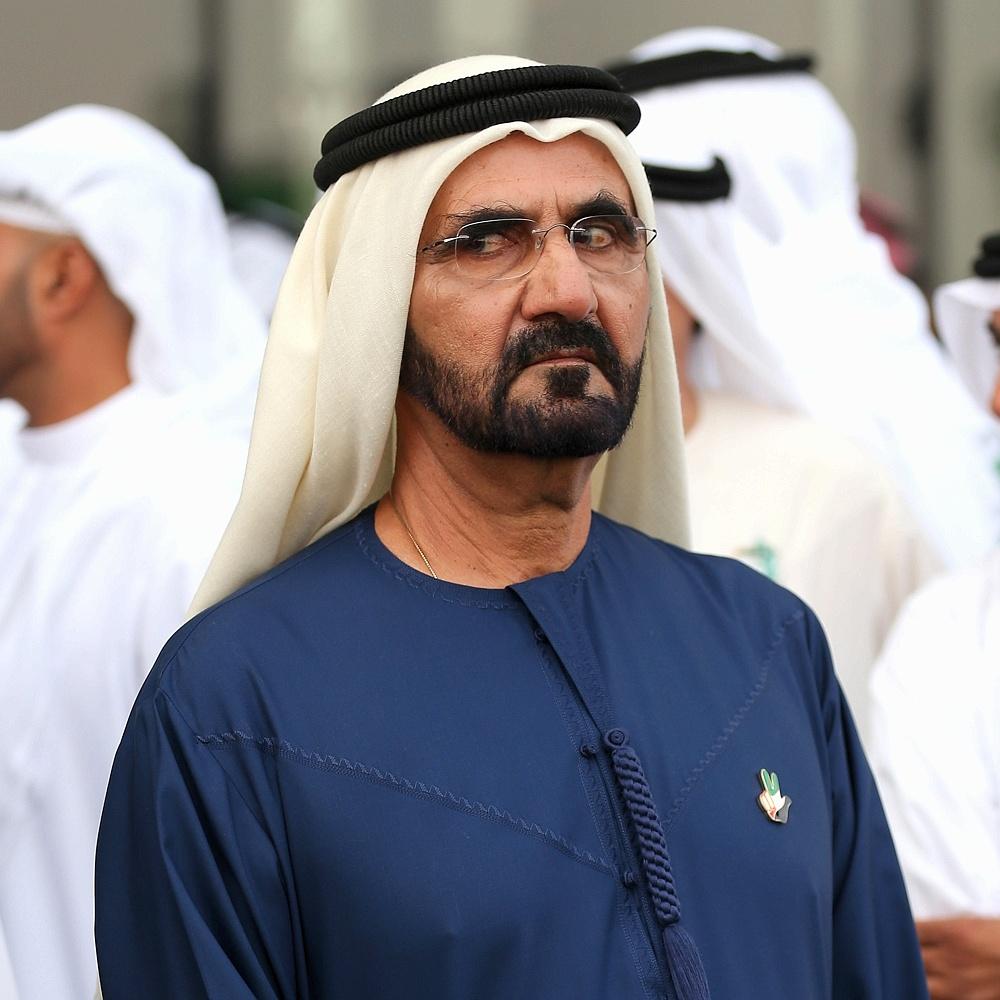
In March 2019, while on holiday in Finland, she received a message from someone saying they had contact with Latifa. Later Jauhiainen used that intermediary to smuggle a mobile phone to her friend. They began exchanging text messages and videos. “I was overjoyed. It was very emotional… We had so much to talk about, so many things to exchange,” Jauhiainen says. She also reunited Latifa with Essabri, her childhood friend.
Last July, Latifa’s messages abruptly stopped. Her phone had evidently been discovered.
Months passed, and after much agonising Jauhiainen, Essabri and another campaigner, a lawyer named David Haigh, decided to publish some of her messages. They realised that could mean Latifa suffering further punishment but, says Jauhiainen, “I want to believe that with the worldwide media attention they would not harm her.”
The messages, which Latifa had secretly filmed in a locked bathroom, certainly gained attention. BBC’s Panorama programme broadcast them last month. Looking thin and pale, she told how she was drugged and flown back to Dubai after being snatched from the yacht. She declared, “I’m a hostage. I’m not free. I’m enslaved. I’m imprisoned in this jail… I’m in solitary confinement, no trial, no charge, nothing.”
She was locked up in a villa that had been “converted into a jail. All the windows are barred shut… There are five policemen outside and two policewomen inside the house and I can’t even go outside to get fresh air,” she said. “Every day I’m worried about my safety and my life. I don’t really know if I’m going to survive the situation. The police threatened me that I will be in prison my whole life and I’ll never see the sun again.”
Dubai’s royal court hit back with a statement saying that Latifa was “being cared for at home, supported by her family and medical professionals”, but the broadcast could well be the tipping point. Coupled with last year’s damning High Court ruling, it may prove to be the moment that Sheikh Mohammed’s impunity ended, that the world stopped ignoring his egregious conduct.
The UN has since demanded proof that Latifa is still alive. So has the British government, which called the videos “deeply troubling”. Mary Robinson has admitted she was “horribly tricked” and “made a big mistake”. Cambridgeshire Police have revived their investigation into Shamsa’s abduction. The Queen is said to have ruled out any further photographs with the sheikh. Even the British Horseracing Authority, whose ailing industry the sheikh does so much to support, has expressed concern and sought government guidance.
Jauhiainen wants more. She wants sanctions imposed on Dubai, tourists to boycott the emirate, and the sheikh’s horses banned from racing in Britain. She wants an end to showpiece events like last year’s Global Women’s Forum in Dubai which Ivanka Trump and Theresa May addressed. Her “FreeLatifa” campaign plans to release more of Latifa’s messages to sustain the pressure.
“Things are starting to move forward,” she says. “We’re in the best position we’ve been in for the past three years.”
But, she concedes, “Ultimately it’s only Sheikh Mohammed who can release her. Ultimately it’s him who holds the key.”
